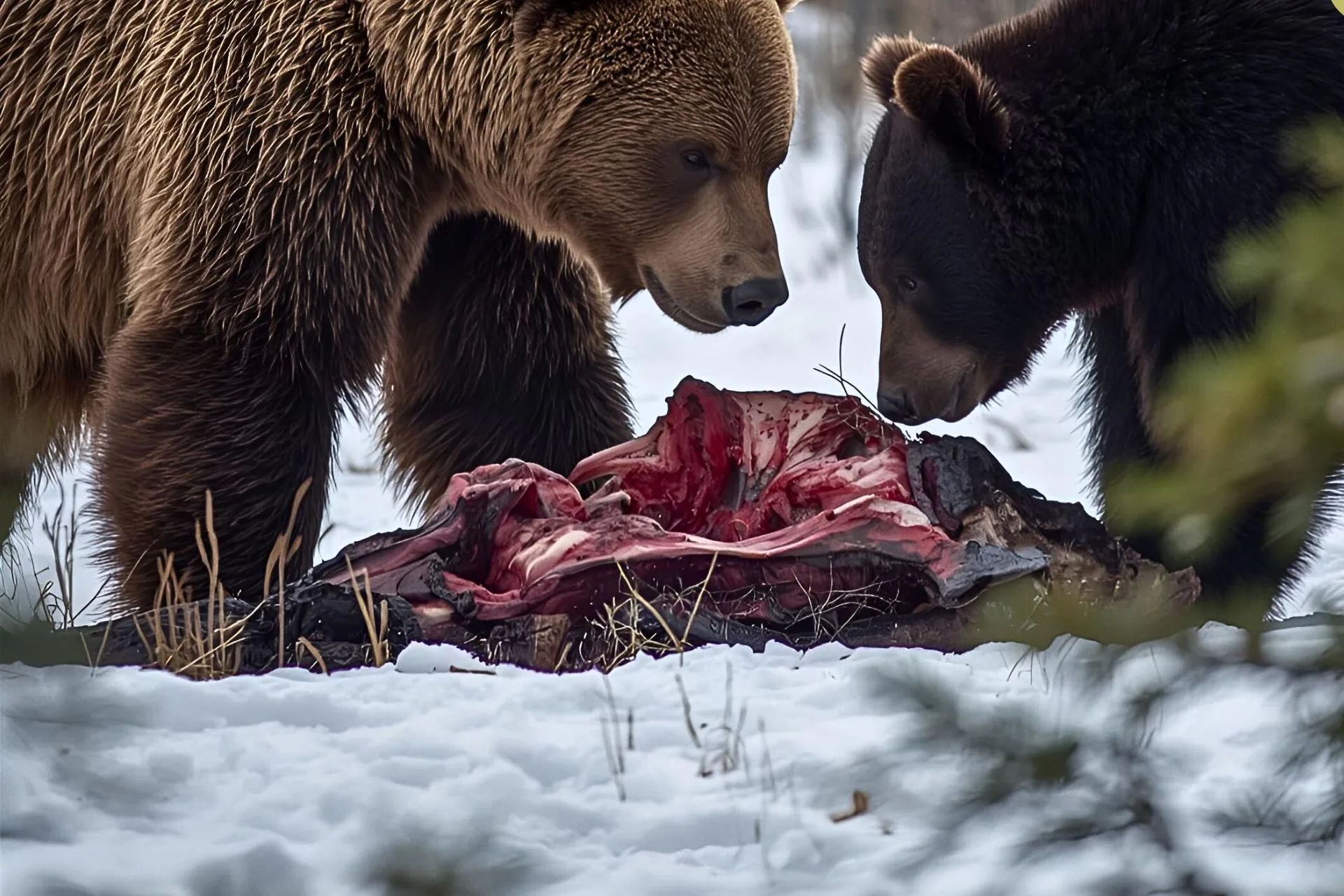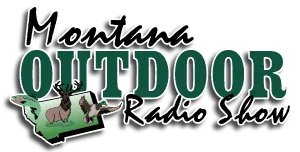BRETT FRENCH | bfrench@billingsgazette.com
Yellowstone National Park’s bear market is valued at between $6.9 million and $9.7 million.
The figures are based on a recently published study by researchers Leslie Richardson, of the National Park Service, and Aaron Enriquez, of the U.S. Geological Survey.
“For grizzly and black bears, respectively, per-sighting values are $16 and $14, aggregate annual sighting values are $6.9 and $9.7 million, and annual per-bear viewing values are $46,000 and $15,000,” the study said.
The valuations resonated with Missoula-based grizzly advocate Chris Servheen, who served as the grizzly bear recovery coordinator for the U.S. Fish and Wildlife Service for 35 years.
“Bears in general and grizzly bears in particular have a very high existence value,” he said. “This work highlights how valuable these bears are to the massive numbers of people who come to the Yellowstone ecosystem.”
Surprisingly, the per-sighting value is about the same as an adult’s admission to the Grizzly & Wolf Discovery Center in West Yellowstone, which houses six live grizzlies.
The value of a bear
Putting a price on wildlife can help managers for tasks like assessing damages for illegally poached animals, Richardson and Enriquez wrote.
State values for wildlife when assessing poaching fines vary widely. In Montana, the value of a black bear is $1,000 and a grizzly $8,000. By comparison, Wyoming values black bears at $5,000 per animal and $25,000 for grizzlies.
“Although our estimates are much larger, they are still highly conservative estimates of the average value per bear for several reasons,” the study noted.
“When you compare the value of seeing these animals and the multi-millions in tourist revenue that comes into the GYE every year because of the possibility of seeing animals like grizzlies, it shows how important these animals are alive,” Servheen said.
Conservation groups also regularly cite the value of wildlife viewing when arguing to protect large predators like grizzly bears and wolves in the Greater Yellowstone Ecosystem.
For example, a 2022 study found that wolf watching generates about $82 million for communities surrounding Yellowstone. Conservation groups have cited this value as a reason to lessen the wolf hunting quota in Montana near the park.
The valuation of wildlife is also another way of understanding how tourism to Yellowstone contributes to local economies. In 2023, the Park Service said visitors to Yellowstone spent $623 million in communities near the park which supported 8,560 local jobs and had a cumulative benefit to the region’s economy of $828 million.
Wildlife appeal
Seeing wildlife is one of the main reasons 4.7 million visitors entered Yellowstone last year. Only geyser viewing and sightseeing ranked higher, according to a study published in 2015. Bear viewing ranked fourth, slightly above hiking and backpacking.
“Excluding winter months, approximately 70% to 80% of visitors report that seeing American black (Ursus americanus) or grizzly bears (Ursus arctos horribilis) is one of the reasons they come to the park,” Richardson and Enriquez wrote.
In recent years as bear populations have climbed in Yellowstone – an estimated 150 grizzlies and 575 black bears live within the park’s boundaries – tales abound of more visitors seeing bears.
“This work also reinforces the importance of the grizzly recovery program that brought bears back from the edge of extinction in the GYE to what we have today,” Servheen said.
Numerous photographs capturing usually shy grizzly bears close to roads have become more frequent, including a stunning shot by Addy Falgoust of a male grizzly bear relaxing in the afternoon atop the bull elk it killed and then partially buried on the bank of the Yellowstone River in 2020.
Take 399 for example
The annual sightings of grizzly bear 399 in Grand Teton National Park, a well-known matriarch who suckled 18 cubs in her 28 years, was an example of a bear who became iconic for her visibility, in part thanks to Jackson Hole photographer Thomas Mangelsen‘s photos and books.
399 was struck and killed by a vehicle outside Jackson, Wyoming, in 2024, prompting widespread mourning for the popular grizzly.
Considering that only 5% to 10% of Yellowstone’s bear population may be visible along roads like 399 was, these recognized animals are even more important to visitors, called the charisma premium.
As of 2015, 67% of tourists in Yellowstone reported seeing a bear on their most recent trip.
Building on past studies
Richardson and Enriquez undertook their study to “answer three general questions that integrate the human dimensions of wildlife, the quality of the visitor experience, and the value of passive wildlife observation.”
To quantify the value of seeing a bear, they used a 2009 survey of Yellowstone visitors.
“Although the data are now more than a decade old, this visitor survey was unique in that it included targeted questions about viewing specific species – bears,” the researchers said.
Another bear study published in 2014 found “park visitation would decrease if bears were no longer allowed to stay along roadside habitats, resulting in a loss of 155 jobs in the local economy.”
The 2014 researchers, which included Richardson, also calculated that visitors to the park were willing to pay around $41 more to enter Yellowstone to ensure that bears are allowed to remain along roads within the park.
The conclusion of the study was that the economic benefits of allowing roadside bear viewing to continue “could outweigh the costs of using additional resources to effectively manage” what have become known as bear jams – the traffic congestion that results when tourists stop in or alongside roads to see or photograph bears.
“The cost of managing grizzly bears is far outweighed by the monetary income to the communities and the states in the GYE from people who come here to see wild animals like grizzlies,” Servheen said.
Grizzly deaths
So far this year, 64 grizzly bear mortalities have been recorded in the Greater Yellowstone Ecosystem. These numbers haven’t been updated since September and may be low due to the federal government shutdown.
In late October and early November, two grizzlies were shot by hunters in southwest Montana, the Department of Fish, Wildlife & Parks reported, although it’s not known if the animals were killed.
“Both circumstances happened in remote locations with high densities of grizzly bears,” FWP wrote.



